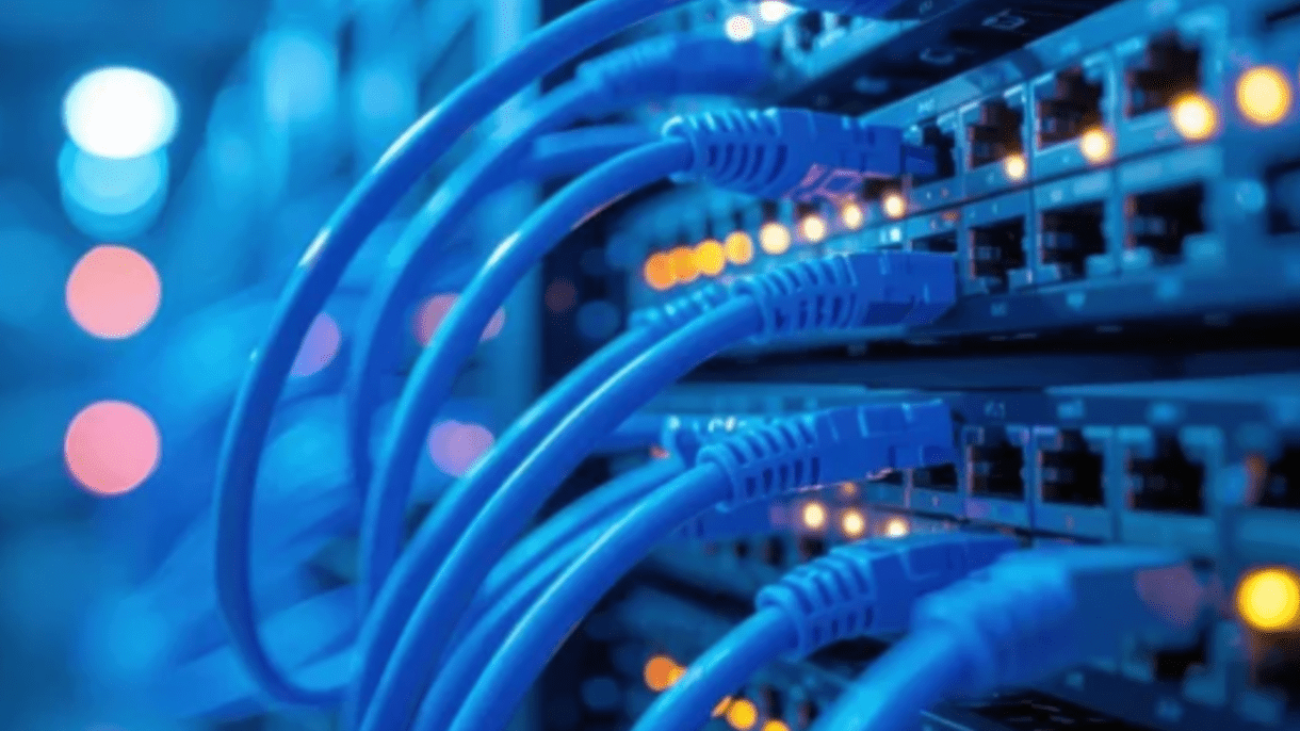Introduction.
The Physical Layer is the very foundation of all modern networking, forming the essential first layer of the OSI model, which is widely used to describe how networks operate and communicate. At its core, the Physical Layer is responsible for the actual transmission of raw data bits between devices, ensuring that information can move from one point to another across a network. While higher layers in the OSI model focus on formatting, addressing, and controlling the flow of data, the Physical Layer is concerned with the very medium through which data travels, whether that medium is a copper wire, fiber optic cable, or even the invisible waves of wireless communication. Without a properly functioning Physical Layer, no matter how sophisticated the protocols above it are, data simply cannot reach its destination. Imagine trying to send a letter without roads, mailboxes, or postal workers; this is exactly what happens when the Physical Layer fails.
The Physical Layer is not just about wires and signals it encompasses all the hardware and standards that enable communication, including cables, connectors, switches, hubs, network interface cards, and even repeaters. It defines how bits are converted into physical signals, specifying how zeros and ones are represented as electrical pulses, light signals, or radio waves. These signals must travel through various media, often over long distances, while maintaining integrity despite challenges such as signal attenuation, electromagnetic interference, or physical damage to the media itself. It is the Physical Layer that ensures your streaming video reaches your device, your emails arrive in inboxes, and your online game remains connected, even if only for a moment.
Furthermore, the Physical Layer sets the groundwork for network performance and reliability. By establishing the proper signaling methods, encoding techniques, and media specifications, it dictates how fast data can travel, how far it can go, and how resistant it is to errors along the way. Technologies like twisted-pair cabling, coaxial cables, and fiber optics each bring their own advantages and limitations, affecting bandwidth, signal quality, and deployment scenarios. Wireless technologies, including Wi-Fi, Bluetooth, and cellular networks, rely entirely on Physical Layer principles to send information through the air, where obstacles and interference constantly challenge the integrity of transmitted signals. Without understanding the Physical Layer, network engineers would struggle to design efficient, robust, and high-performing networks.
The role of the Physical Layer extends beyond simple connectivity; it is the starting point for all network troubleshooting. When a network goes down, issues often originate at Layer 1 broken cables, misconfigured hardware, or signal interference can all prevent data from traveling, no matter how well-configured the higher layers are. By mastering the Physical Layer, professionals can ensure that the more abstract aspects of networking, such as routing protocols or security measures, function correctly because the underlying pathway for data is reliable. In short, the Physical Layer is the unsung hero of networking: invisible to most users, but absolutely crucial for the digital world to operate smoothly.
From the tiniest sensor in an IoT device to the massive data centers powering cloud services, the Physical Layer plays a critical role. It is the layer that translates human intention into physical signals that machines can understand and communicate with, bridging the gap between abstract data and tangible transmission. Understanding this layer not only equips networking professionals with the knowledge to troubleshoot and optimize networks but also gives anyone interested in technology a deeper appreciation for how the digital world functions. As networks continue to evolve with higher speeds, advanced wireless technologies, and more demanding applications, the importance of the Physical Layer only grows, ensuring that the flow of information remains uninterrupted, reliable, and efficient across the globe.
What is the Physical Layer?
The Physical Layer is Layer 1 of the OSI (Open Systems Interconnection) model, and it’s responsible for the actual transmission of raw data bits over a physical medium.
Think of it as the “highway” on which your data travels. While higher layers focus on formatting, error detection, and routing, the Physical Layer makes sure that the 1s and 0s physically move from point A to point B.
Key responsibilities include:
- Transmission of raw bits: Converting data into signals (electrical, optical, or radio).
- Defining hardware standards: Cables, connectors, switches, hubs, and network interface cards (NICs).
- Managing signaling methods: How bits are encoded for transmission.
- Handling media types and topologies: Wired (Ethernet, fiber) and wireless (Wi-Fi, Bluetooth).
How the Physical Layer Works
At this layer, data is nothing more than a stream of bits. The Physical Layer decides how these bits are represented and transmitted.
1. Signals
- Electrical signals: Common in copper cables (Ethernet).
- Optical signals: Used in fiber optics.
- Radio waves: Used in wireless communications.
2. Encoding and Modulation
- The Physical Layer decides how 0s and 1s are sent over the medium.
- Common methods include NRZ (Non-Return-to-Zero), Manchester encoding, and Pulse-Amplitude Modulation (PAM).
3. Physical Media
- Twisted-pair cables (Cat5, Cat6)
- Coaxial cables
- Fiber optic cables
- Wireless spectrum
Physical Layer Devices
Some network devices operate entirely at the Physical Layer:
- Hubs – Broadcast signals to multiple devices without examining the data.
- Repeaters – Regenerate signals to extend network distance.
- Cables and connectors – The literal “roads” for your bits.
Why the Physical Layer Matters
Even the fastest, most advanced networks depend on a reliable Physical Layer. A faulty cable, connector, or wireless interference can bring an entire network down, no matter how sophisticated the upper layers are.
Understanding Layer 1 is essential for:
- Network troubleshooting
- Infrastructure design
- Optimizing network performance
Conclusion
The Physical Layer may not be glamorous it doesn’t “think” about IP addresses or packet routing but it forms the foundation of all networking. Without it, higher-level protocols wouldn’t have a way to move data.
So the next time your Wi-Fi drops or an Ethernet cable fails, you’ll know: it’s all a Layer 1 problem!
